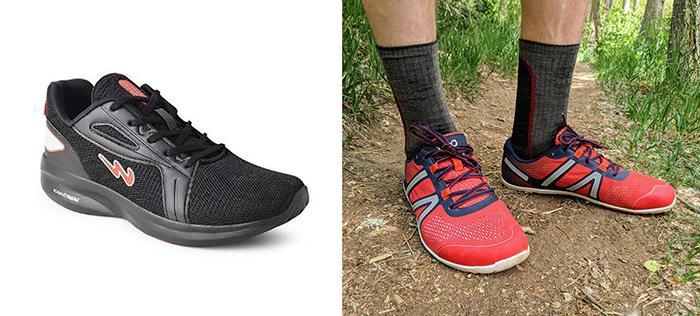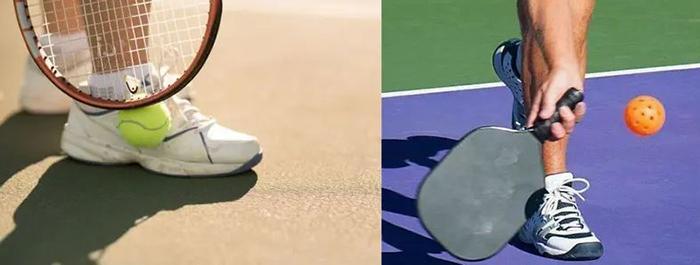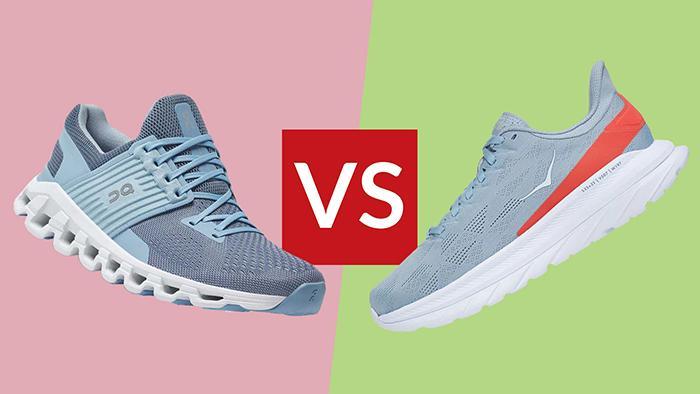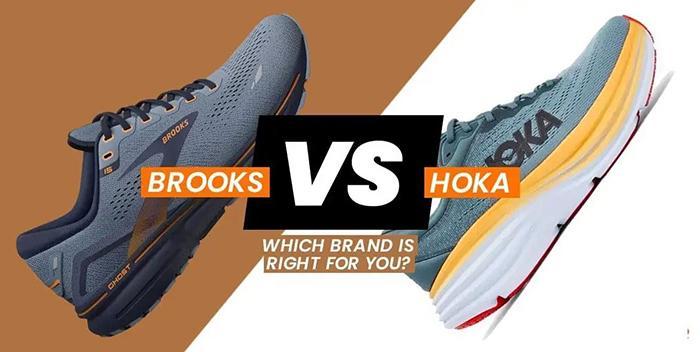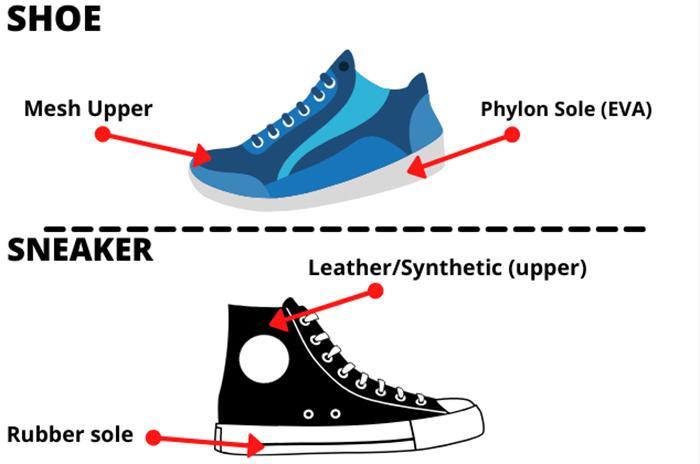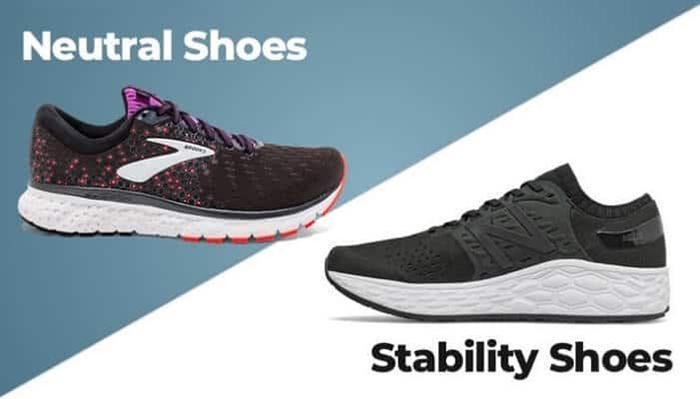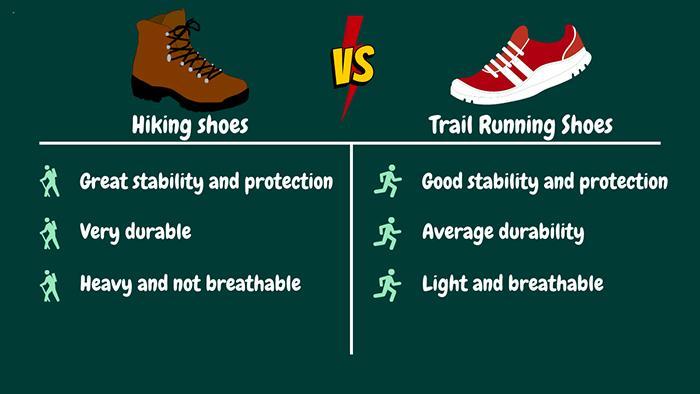Shoe care is an essential aspect of maintaining a stylish and well-tended wardrobe, and one often overlooked tool that makes all the difference is the humble shoe horn.
This handy device not only protects your shoes but also ensures a comfortable fit for years to come.
You Are Watching: How To Use A Shoe Horn Updated 02/2025
In this blog post, we’ll explore the fascinating history of shoe horns, delve into different types available on today’s market, discover how they can prolong the life of our favorite footwear, and most importantly – provide you with step-by-step instructions on using them effectively.
What Is A Shoe Horn?
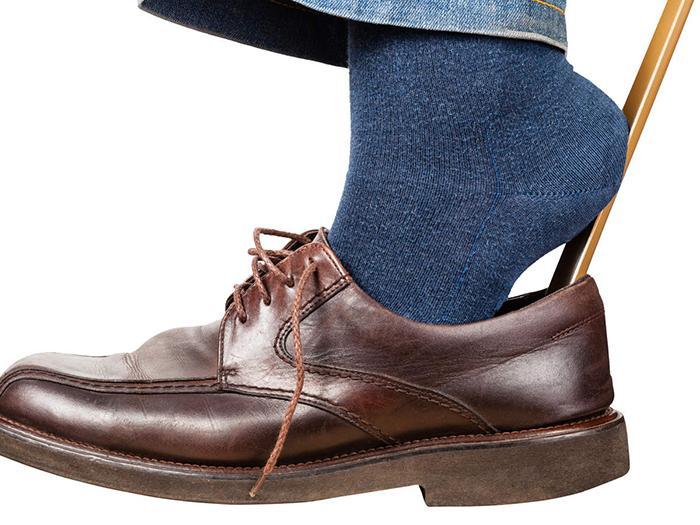
Shoe horns are tools used to help put on shoes without damaging the heel region.
Brief History Of Shoe Horns
Shoe horns have a rich and fascinating history, dating back to the late Middle Ages. They were crafted from various materials such as horn, glass, shell, ivory, and silver for the elite members of society who desired an elegant solution for comfortably slipping their feet into tight-fitting footwear.
One remarkable example is the Robert Mindum Shoe Horn from 1593, which features intricate engravings and boasts exceptional craftsmanship. As times changed, so too did the materials used in making shoe horns; today we can find them commonly available in wood, metal, or plastic while still able to fulfill their original purpose—protecting our precious shoes for years to come.
Different Materials Used For Shoe Horns
Shoe horns were initially crafted using luxurious materials, reflecting the status and wealth of their owners. Some early shoe horns were made from natural animal horn, which remains a popular choice even today due to its durability and distinctive appearance.
In addition to genuine animal horn, other traditional materials used in making shoe horns include glass, shell, ivory, and silver. However, modern shoehorns are typically constructed from more practical and affordable options such as wood, metal (stainless steel), plastic or leather.
The Importance Of Using A Shoe Horn
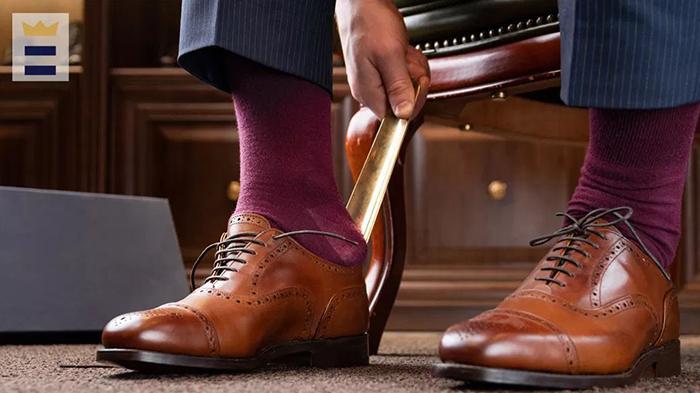
Using a shoe horn is crucial in protecting the heel counter, preventing damage to your shoes, and prolonging their lifespan – learn more about how to properly utilize this essential footwear tool.
Protects The Heel Counter
Protecting the heel counter is one of the primary reasons for using a shoe horn. The heel counter, which is the rigid section at the back of your shoes, provides essential support and stability to your feet while walking or standing.
If you’ve ever struggled with getting your shoes on, you may have noticed that it’s all too easy to accidentally crush or fold this area when trying to squeeze in without proper assistance.
Incorporating a shoe horn into your everyday routine can make all the difference in maintaining both the appearance and functionality of your favorite pairs.
By providing a smooth surface for sliding your foot into place without any undue friction against delicate materials like leather or suede, shoe horns prevent unnecessary wear and tear on this crucial part of each shoe.
Prevents Damage To The Shoe
Using a shoe horn can prevent damage to the delicate leather materials around the heel of your shoes. Without a shoe horn, it’s easy to force your foot into the shoe, causing unnecessary wear and tear.
The back of our feet is angled, which makes it difficult for us to slide them gracefully into shoes without bending down carefully and using a shoehorn.
A properly placed shoehorn allows you to guide your foot smoothly into the shoe, eliminating any excessive force that could potentially cause damage over time.
Prolongs The Life Of Your Shoes
Using a shoe horn can extend the lifespan of your shoes significantly. By using a shoehorn, you avoid putting unnecessary pressure on the heel region of the shoe while putting them on, preventing damage from occurring and prolonging their life.
This helps you save money in the long run by reducing shoe replacement costs. Additionally, a well-maintained pair of shoes can look brand-new for years to come because they stay cleaner and are less likely to develop creases or wrinkles due to proper use with a shoehorn.
Types Of Shoe Horns
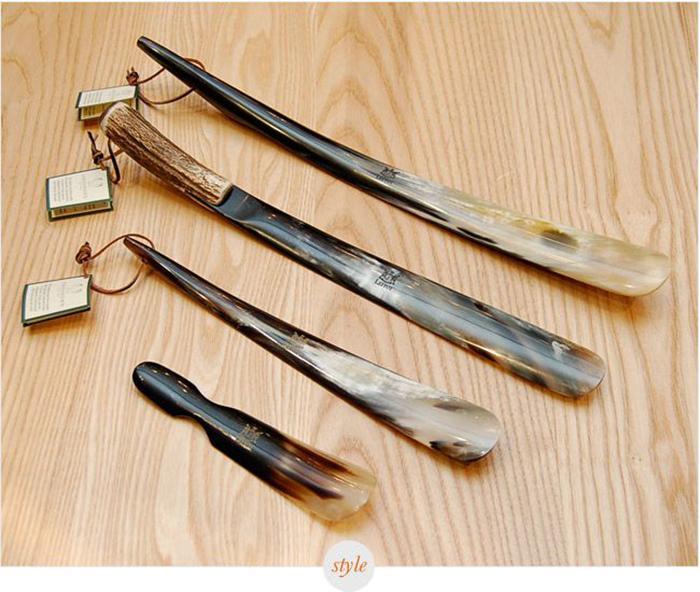
Shoe horns come in different types, including plastic, metal, leather, wood, and horn.
Plastic
Plastic shoehorns are by far the most common type used today. They are affordable, lightweight, and durable, making them a popular choice for many people.
Most plastic shoe horns have a curved shape that helps guide your foot into the shoe without damaging the heel counter or distorting the shape of the shoe’s opening. You can find plastic shoehorns in different lengths and colors to suit your preferences and needs.
Metal
Metal is a popular material for shoe horns due to its durability and smooth texture, making it easy to use. Metal shoe horns come in different styles, including brass shoehorns that are often decorative and stylish with intricate designs and engravings.
Read More : Hot Shoe Vs Cold Shoe Updated 02/2025
They are great for people with mobility issues who find it challenging to bend over or sit down to put on shoes. The Hanger Project offers an extensive collection of metal shoehorns such as stainless steel shoehorn that ensures well-made tools for putting on shoes without damaging the leather around the heel.
Leather
Leather is a popular material for shoes due to its durability, comfort and style. It requires careful maintenance to keep it in good condition. Using a leather shoehorn can help prevent damage to the heel counter and prolong the life of your shoe.
Different types of leather require different care regimens using products like polishes, cleaners and protectants.
Some examples of high-quality leather shoes include oxford shoes, derby shoes, loafers, monk strap shoes and even boots like ankle boots, chukkas or Chelsea boots.
Wood
Wood is one of the most popular materials used to make shoe horns. Not only does it have a classic and timeless look, but wooden shoehorns are also durable and long-lasting.
The beautiful grain of the wood not only makes them attractive but also makes each one unique. High-end bespoke shoe makers often offer personalized wooden shoehorns that match their clients’ shoes perfectly.
Wooden shoe horns come in different lengths ranging from short to long, making them versatile for travel convenience or standing use. Additionally, they are environmentally friendly compared to plastic options.
Horn
Horn shoe horns have been around for centuries and are still popular today. The natural material is durable, environmentally friendly, and creates a smooth surface that reduces friction between the shoe and heel.
Water buffalo horn is a commonly used material for high-quality shoehorns due to its strength and flexibility. Fort Belvedere offers an excellent collection of different-sized water buffalo horn shoe horns perfect for any shoe lover’s wardrobe.
How To Use A Shoe Horn
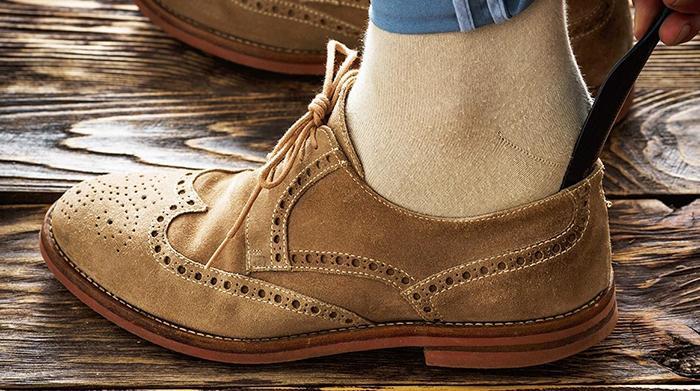
Insert the shoehorn into the back of your shoe and slide your foot in while pulling up slightly on the shoehorn.
Step-by-step Instructions
Using a shoe horn is an easy process that can be done in just a few simple steps. Here’s how to use a shoehorn properly:
- Loosen your shoe laces to create enough space for the shoe horn.
- Place the curved end of the shoe horn against the back of the heel.
- Hold the handle of the shoe horn firmly and slide it down into the heel counter of the shoe.
- Keep sliding the shoehorn until it reaches the ball of your foot.
- Carefully remove the shoehorn and adjust your foot inside, ensuring that your heel is comfortable and secure.
By using a shoehorn, you protect both your shoes and your feet from damage or discomfort during wear.
Remember to choose a proper size and material based on your needs while also keeping in mind tips for care and maintenance which includes cleaning, polishing, and protecting heels and soles from premature wear.
Choosing The Right Shoe Horn
When choosing a shoe horn, consider factors such as length, material, and durability to ensure maximum effectiveness and protection for your shoes.
Length Considerations
The length of a shoe horn is an important consideration when selecting the right one for your needs. Shorter shoe horns, ranging from 5 to 8 inches, are perfect for travel and can easily fit in your luggage or even your pocket.
Medium-length shoe horns, between 10 and 16 inches, are suitable for everyday use and work well with most types of shoes.
Longer shoehorns, measuring between 18 to 24 inches in length, allow users to put on shoes while standing up without having to bend over.
Material Preferences
When it comes to choosing a shoe horn, there are various materials to consider. Some of the most popular options include metal, plastic, leather, wood, and horn.
Metal shoe horns offer durability and longevity and are often preferred by those who prioritize functionality over aesthetics. Plastic shoe horns are lightweight and inexpensive but may not last as long.
Leather shoehorns provide a classic touch with their soft feel and sophisticated appearance. Wooden shoehorns offer an environmentally friendly option that is both durable and stylish.
Durability And Quality
When it comes to choosing the right shoe horn, durability and quality should be at the top of your list. A poorly-made shoehorn can easily break or even damage your shoes over time, making them more expensive in the long run.
Opting for a high-quality shoe horn made from sturdy materials such as wood or metal can ensure that it lasts you for years to come.
Additionally, investing in a luxury shoe care brand like The Hanger Project ensures that you’re getting the best of both worlds when it comes to durability and style.
Using A Shoe Horn With Different Types Of Shoes
Using a shoe horn with different types of shoes, including dress shoes, boots, and sneakers is easy and helps protect the heel counter from damage.
Dress Shoes
Read More : Why Are Bruno Marc Shoes So Cheap Updated 02/2025
Dress shoes are an essential part of any wardrobe for formal events and occasions. Using a shoe horn is especially important when putting on dress shoes to prevent damage to the leather around the heel region of the shoe.
Before using a shoe horn, it’s best to loosen up the laces to create more open space inside the shoe. When inserting the shoehorn, set it vertically inside with the spoon-like curved side facing towards the front of your foot and gently slide your heel into place.
A properly fitted dress shoe enhances your overall appearance while also protecting your investment in quality footwear.
Boots
Boots are a popular type of shoe that require extra attention when using a shoe horn. When putting on boots, it is important to loosen the laces beforehand and use a longer shoehorn while standing up.
This will help prevent damage to the heel counter and prolong the lifespan of your boots. Depending on the type of boots, different techniques may need to be used with your shoe horn for optimal fit and protection.
For example, ankle boots may require a shorter handled shoehorn while full-length riding boots will need an extending version.
Sneakers
Sneakers are a popular choice for casual wear, and using a shoe horn can help preserve the shape of your favorite pair. When putting on sneakers with a shoe horn, it’s important to loosen the laces first to provide more space to insert the shoehorn.
Once you’ve inserted the shoehorn vertically into the back of your sneaker, use it to guide your foot in gently, making sure not to put too much pressure on the back of the shoe.
Shoe Horn Alternatives
If you don’t have a shoe horn, don’t worry! There are makeshift alternatives like using a belt, folded paper, or even your own handkerchief.
However, for the best results and long-term wear of your shoes, it’s always recommended to use a high-quality shoe horn that suits your specific needs.
Makeshift Shoe Horns
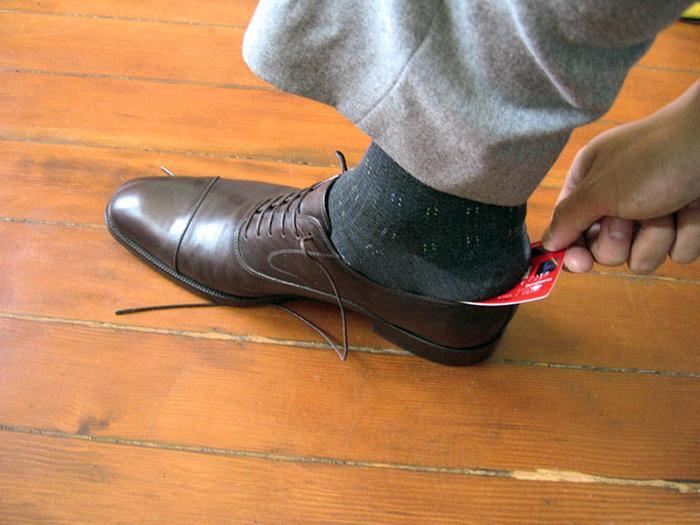
In situations where a shoe horn is not readily available, you can use makeshift items to put on your shoes safely. Here are some alternative options:
- Belt: Use the end of a belt to guide your heel into the shoe.
- Visiting cards: Cards like hotel keys or business cards can be used as a temporary shoe horn.
- Folded paper: Fold a piece of paper multiple times until it is stiff enough to act as a shoehorn.
- Handkerchief: Roll up a handkerchief and insert it into the back of your shoe to create an opening for your foot.
Remember that while these alternatives may work in a pinch, they are not as effective as using a proper shoe horn.
Techniques For Putting On Shoes Without A Shoe Horn
If you don’t have a shoe horn on hand, don’t worry! Here are some techniques for putting on shoes without one:
- The finger method: Loosen the laces and use your fingers to hold open the tongue of the shoe while slipping your foot inside.
- The paper method: Fold a piece of paper in half and slide it into the back of the shoe, creating a makeshift heel cup. Use your other hand to guide your foot into the shoe.
- The belt method: Unbuckle your belt and use it as a makeshift shoe horn. Hold one end of the belt taut against the back of the shoe while using your other hand to slide your foot in.
- The sit-and-slide method: Sit down with one knee bent and rest your foot on top of your other knee. Hold open the tongue of the shoe with one hand while sliding your foot in with the other.
Remember, using a shoe horn is always best for protecting your shoes and prolonging their lifespan, but these techniques can be useful in a pinch!
Tips For Proper Shoe Horn Care And Maintenance
Taking care of your shoe horn is important to ensure that it lasts long and functions properly.
Firstly, clean your shoe horn regularly using warm water and mild soap.
Secondly, avoid leaving wooden shoehorns in damp environments as this can cause them to warp.
Thirdly, protect your metal shoehorns from rust by applying wax or oil onto their surfaces.
Lastly, always handle your shoehorn with care.
By following these simple tips, you’ll be able to ensure that your shoe horns remain functional and provide reliable service for years to come.
Conclusion
Using a shoe horn is essential for any shoe lover. It not only protects your shoes from damage but also prolongs their life.
Knowing the different types of shoehorns, how to choose the right one, and how to use it correctly can make all the difference in keeping your footwear in excellent condition.
Remember to consider factors such as length, material preferences, and durability when selecting a shoehorn that suits your needs.
Whether you prefer plastic, metal, leather or wood shoehorns, there’s something out there for everyone.
Sources: https://www.centuryinshoes.com
Category: Shoes

